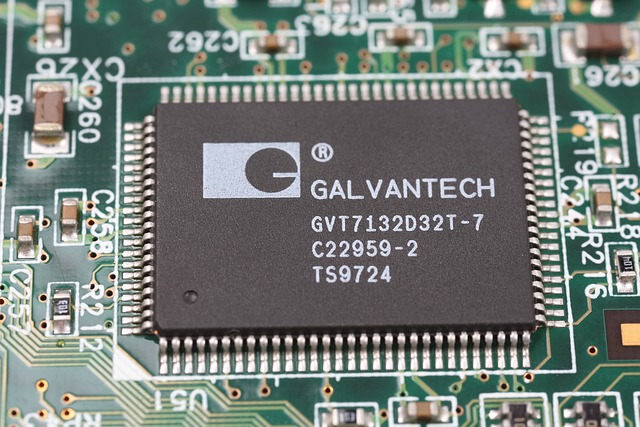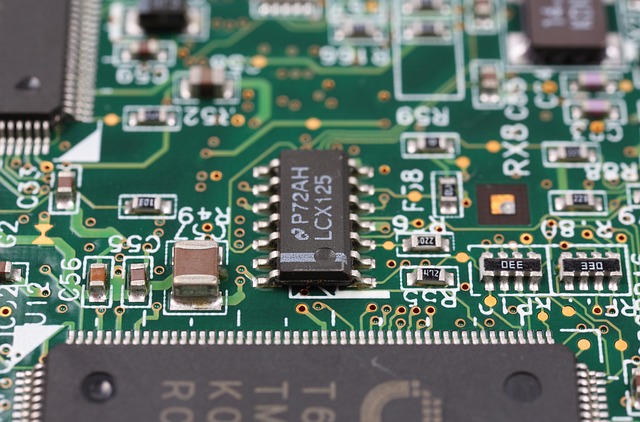What Is the Role of Technology in Disaster Management?
First off, early warning systems are like our weather forecasters with a crystal ball. They use satellites and sensors to track and predict natural disasters, giving us precious time to prepare. Imagine knowing a tornado is coming days in advance—this is what technology makes possible, allowing people to evacuate and safeguard their property.
But the magic doesn’t stop there. Real-time data is a game-changer. Technology gathers and processes information from various sources—drones, weather stations, and social media—to give emergency responders a clear picture of the situation. This data-driven approach helps in making swift decisions, much like having a detailed map when navigating a maze.
Then there’s communication technology, which acts like a lifeline. During a disaster, maintaining communication is crucial. Technologies like satellite phones and emergency broadcast systems ensure that people can stay informed and connected even when traditional networks fail.

Ultimately, technology’s role in disaster management is transformative, making us more resilient and prepared for the unexpected.
How Technology is Revolutionizing Disaster Response: A New Era of Safety
Take drones, for example. They’re not just for capturing breathtaking aerial shots of landscapes. In disaster zones, they’re the eyes in the sky, providing real-time footage that helps responders navigate through debris and locate survivors. These high-tech gadgets can fly over areas that are too dangerous for ground teams, offering a bird’s-eye view that’s crucial for strategic planning.
And let’s talk about communication. Remember the old days of relying on radios and landlines that could easily go down during a disaster? Now, thanks to satellite technology and advanced mobile networks, first responders can stay connected even when traditional communication lines are severed. It’s like having a digital lifeline that ensures coordination and information flow remain uninterrupted.
Then there’s predictive analytics—this is where technology truly shines. Imagine having a crystal ball that forecasts disaster patterns and potential impacts. By analyzing historical data and current trends, predictive models can forecast disasters with remarkable accuracy, giving communities a crucial heads-up to prepare and mitigate risks.
Moreover, there are wearable devices designed to keep responders safe and efficient. These gadgets track vitals, monitor environmental conditions, and even send distress signals if someone is in trouble. It’s like having a personal safety net that ensures everyone’s well-being while they’re in the field.
From Drones to Data: The High-Tech Tools Transforming Disaster Management
Drones are the new eyes in the sky. These aerial marvels provide real-time footage of disaster zones, allowing responders to assess the damage quickly and accurately. Picture them as digital superheroes, swooping in to gather crucial information from otherwise unreachable areas. They can map out affected regions, spot survivors, and even deliver essential supplies where roads are impassable.
But drones are just the beginning. The data generated from these aerial surveys is gold. It’s like having a map that updates itself in real-time. Advanced analytics process this data to reveal patterns and predict how a disaster might evolve. This helps in planning evacuation routes, deploying resources more efficiently, and even preventing secondary incidents.
Then there’s the role of artificial intelligence (AI). AI tools sift through mountains of data to identify trends and make recommendations. Think of it as a super-intelligent assistant that can analyze thousands of scenarios in seconds, helping decision-makers choose the best course of action.
In the realm of communication, real-time alerts and messaging systems ensure that everyone—from first responders to local residents—receives timely updates. These systems act as the nerve center of disaster management, keeping everyone connected and informed even when traditional communication channels fail.
Emergency Tech: How Innovation is Changing the Face of Disaster Relief
Take drones, for example. These flying machines are not just capturing stunning aerial shots; they’re delivering critical supplies to areas cut off by natural disasters. Picture a drone swooping in with medicine or food when roads are impassable. It’s like having a high-tech guardian angel ensuring aid reaches those who need it most.
Then there’s the power of artificial intelligence. AI algorithms analyze massive amounts of data from various sources—like weather reports, satellite images, and social media—to predict where disasters might strike next or identify the hardest-hit areas. It’s as if AI is a digital oracle, offering insights that can guide rescue operations with pinpoint accuracy.
Mobile apps are also playing a crucial role. Apps designed for disaster response help individuals report emergencies, receive real-time updates, and find the nearest safe locations. Imagine having a personal assistant in your pocket that not only keeps you informed but also connects you with nearby emergency services.
Wearable technology is another game-changer. Smartwatches and other wearables can track vital signs and location data, allowing first responders to monitor individuals in distress even before they reach them. It’s like having a personal life-saving device strapped to your wrist.
Smart Solutions for Crisis: The Role of Technology in Modern Disaster Management
Consider the power of data analytics. When a hurricane is brewing, meteorologists don’t just guess the path—it’s all about crunching vast amounts of data. By analyzing weather patterns, they predict storm paths with incredible accuracy, giving communities a crucial heads-up. This early warning system allows residents to evacuate in time and helps first responders prepare better.
Then there are drones, which have revolutionized crisis response. These flying marvels can scout out areas that are hard to reach and provide real-time images of the damage. This information is vital for emergency services to navigate through debris and prioritize areas that need immediate assistance.
And let’s not overlook the importance of mobile technology. During disasters, communication is key. Apps designed for crisis situations can offer everything from real-time updates to directions for safe routes. Plus, they allow survivors to check in with loved ones, reducing panic and confusion.
In addition, smart sensors embedded in infrastructure can monitor the health of buildings and bridges, sending alerts before potential failures occur. This preemptive approach means that critical repairs can be made before they become emergencies.
Disaster Management in the Digital Age: How Tech is Shaping Our Response

Moreover, drones are revolutionizing disaster management. Picture a drone flying over a flood-affected area, capturing high-definition images that help first responders assess damage more accurately than ever before. It’s like having a bird’s-eye view without leaving the ground. Drones can also deliver essential supplies to hard-to-reach places, making them an indispensable tool in emergency response.
Artificial Intelligence (AI) is another crucial player in this digital transformation. AI algorithms analyze vast amounts of data to predict disaster patterns and potential impacts. Think of AI as a weather wizard, forecasting not just the storm but its consequences, giving us a head start to prepare and respond effectively.
In addition, communication tools have evolved dramatically. Instead of relying on outdated systems, we now have sophisticated networks that ensure that emergency alerts reach everyone quickly and efficiently. It’s like having a direct line to safety, making sure no one is left in the dark during a crisis.
AI and Big Data: The Game Changers in Disaster Management
AI, with its advanced algorithms, is revolutionizing how we predict and respond to disasters. Think of it as a super-smart assistant that can analyze vast amounts of data at lightning speed. It processes weather patterns, historical data, and real-time information to forecast disasters with uncanny accuracy. For instance, machine learning models can now predict hurricanes’ paths or flooding zones days in advance, giving us precious time to prepare.
But AI doesn’t work alone. Big data is the fuel that powers its intelligence. Picture big data as an enormous library filled with information about past events, current conditions, and even social media chatter. By sifting through this massive amount of data, AI can identify patterns and trends that were previously invisible. It’s like having an all-seeing eye that can detect early warning signs of a disaster, whether it’s a brewing storm or an earthquake.
Together, AI and big data are not just enhancing predictions; they’re transforming response strategies. For example, during a wildfire, AI-driven drones equipped with real-time data can map out fire spreads and direct emergency responders to high-risk areas. This isn’t just theoretical—it’s happening right now, saving lives and resources in ways that were once unimaginable.
So, when we talk about disaster management today, think of AI and big data as the ultimate game changers. They’re turning what used to be a reactive approach into a proactive one, helping us stay one step ahead in the face of calamity.
